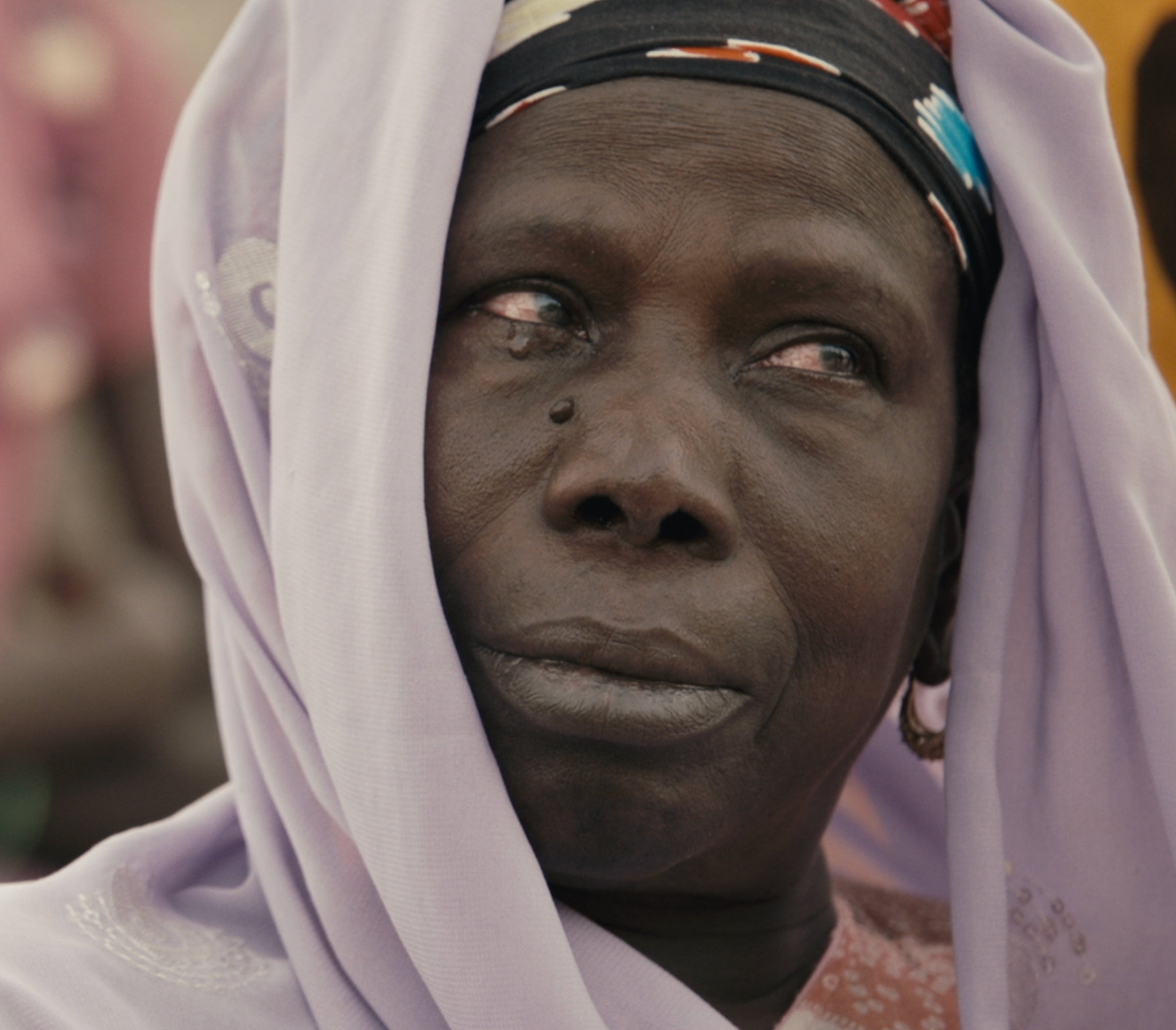Africa's Sahel region is the crucible for some of humanity's most pressing challenges. The rapid degradation of the natural environment is a key driver. Here are some of the alarming statistics in the Sahel today:
46% of African land is degraded, jeopardizing the livelihoods of nearly two-thirds of the Continent’s population.
20 million people in the Horn of Africa in 2017 declared on the verge of starvation following severe drought and food crises
Millions are expected to migrate from degraded parts of Africa in the next two decades
100 million population of the Sahel is expected to grow to 340 million by 2050
200 million of the 375 million young people entering the job market over the next 15 years will be living in rural areas.
The catalyst for the Great Green Wall is the daily impact of desertification and climate change that is undermining the futures of millions of communities across Africa's Sahel region.
Since the 1970s, the Sahel has been heavily affected by recurrent periods of drought. These droughts have threatened the livelihoods and future of entire populations across the region.
The lack of rain has led to the disappearance of livestock and the destruction of cereal crops. The great famines that rocked the Sub-Saharan region in the 80s each affected millions of people. In addition, the high population growth rate is increasing demand for food and pressure to gain access to other natural resources which are the basis for livelihoods and the survival of the rural population.
Millions of people – particularly rural youth – are currently facing an uncertain future due to the lack of decent rural jobs and continuous loss of livelihoods due to land degradation and falling yields.
If we don’t act, frustrations will boil over with more migration and more conflict over a shriveling resource base.



